At the beginning of the year, the time to take stock of all kinds! Before embarking on a new undisclosed location, would it not, for all of us the opportunity to make a quick analysis of this year? A small inventory of our souls?
, Go back a few moments and ask yourself: how many days spent laughing at? A cry? A dream? What percentage of moments of happiness? Anger? Trouble? Doubt? How many words of love spoken? How many others who have not crossed the barrier of your lips? How much pain, too, imposed by the solitude of heart? Did you find happiness? Or have you lost along the way while you were on point the finger ...? Because yes, happiness is wild, elusive and so fragile that he fled upon hearing the noise of our footsteps, fainted when he feels a little too far, bursts like a soap bubble when one tries to capture it.
My own percentages would scare you, or maybe not finally. Maybe you'll find you. I have a secret to tell you: I think 2010 was paid my head!
Ah yes, they were beautiful his promises of hope, new beginnings, happiness, answers to my deepest questions ... But what about after these past twelve months with 2010 ...
Of happiness? I had, of course, even with a shovel! Of those moments that make life infinitely more beautiful, softer, more valuable. But always in their path this time of sadness and collapse that are running too many of these salty pearls along our cheeks.
Hopes? Obviously, I've fed the tons! Of those who make their eyes sparkle and enjoy the storm in the summer! But all disappointed.
My heart was lost, sought, found and finally broken. A few more scars, but still no wrinkles. My heart is a warrior.
So it is high time to find your 2010! Without regret. And take with you your lack of empathy, your hardness and your shots that wounded me to almost put me down. Almost I say. For behind all my tears hide too much courage to let me down, too many smiles to no longer believe that life is beautiful, too many hopes to renounce all these suns resides in the cloud.
Spring be strongest of all these tests? I do not think ... And I'm afraid to disappoint you and deprive you of your most expensive alibi, but we do not learn from its mistakes. Every situation is new, and every joy, disappointment, or the failure is too. Because every moment of our lives, we are different from what we were the previous time, carried by the current time passes and our experiences. For proof, have you ever tried to relive a happy moment passed? And have you not been so disappointed that nothing can bring back memories to this? Once past, happiness is lost forever. Even the memories that we are not up to par.
So let's lucid moments: no, our wounds do not make us stronger. Quite the contrary, they weaken us, it emerges bruised, and each new failure we always so bad. So.
But remember one thing above all: you come out alive! And it's probably the point. As we suffer, we fight, we cry is that we are alive and we can still go conquer new joys! No gift is ultimately more valuable than that. And those moments of deep sadness do not they make our moments of happiness even more beautiful? More intense? If misfortune and sometimes in our lives is simply to allow happiness to rest a little.
So anyway, thank you 2010! Because thanks to you I'm alive! And that 2011 should be held in tile, because I intend to conquer my happiness, whatever the obstacles it will try to put in my way! And you? Will you be both?
To you whom I love - family, friends, and other treasures that life has placed in my way - and all of you, whom you linger a moment on these lines that 2010 me inspired, I wish you a beautiful and sweet year. That each day is filled with laughter, love, joy, color and poetry. And if you happen to cross one day a little dark, smile, and you'll see it glow.
Never stop hoping. For it is the hope and dreams that accompany that is the happiness within reach of everyone.
And most importantly, never stop loving you no matter what the cost. Because true wealth is the heart.
"Every moment is happiness that is able to see it as such. "Henry Miller
Melissa Hoffmann


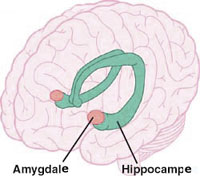
 - which is
- which is 
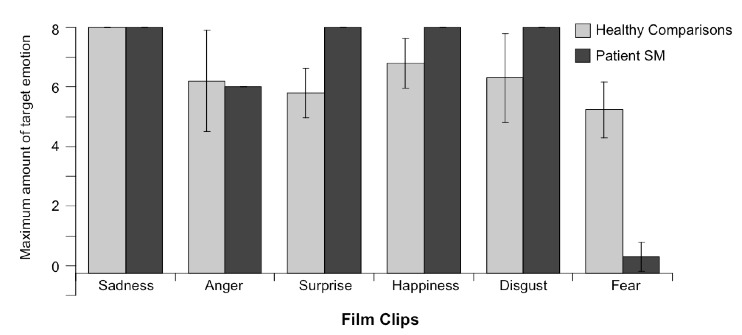 The nature of this relationship-volume social network remains mysterious to the authors. Perhaps the well-known role of this structure in face recognition, emotions and emotional memory effect that one develops and maintains relationships said one of the authors.
The nature of this relationship-volume social network remains mysterious to the authors. Perhaps the well-known role of this structure in face recognition, emotions and emotional memory effect that one develops and maintains relationships said one of the authors. 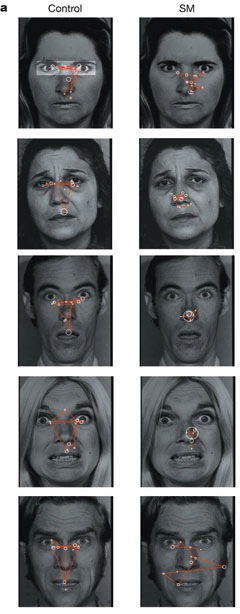
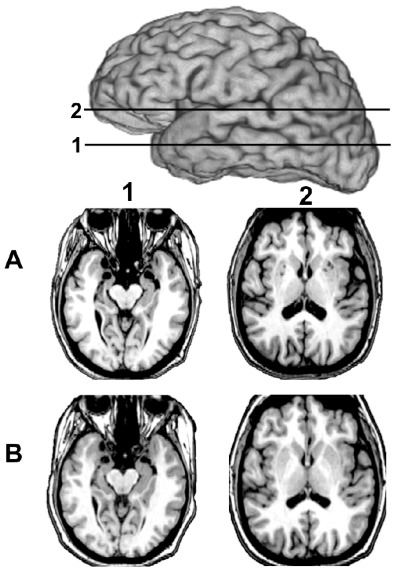
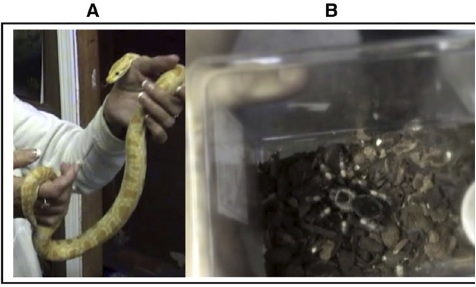
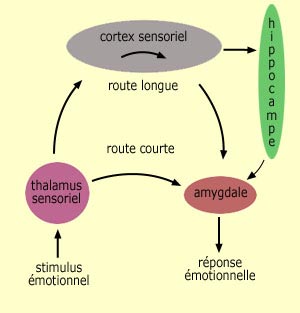
 and Jean-Michel Gibert, lecturer
and Jean-Michel Gibert, lecturer